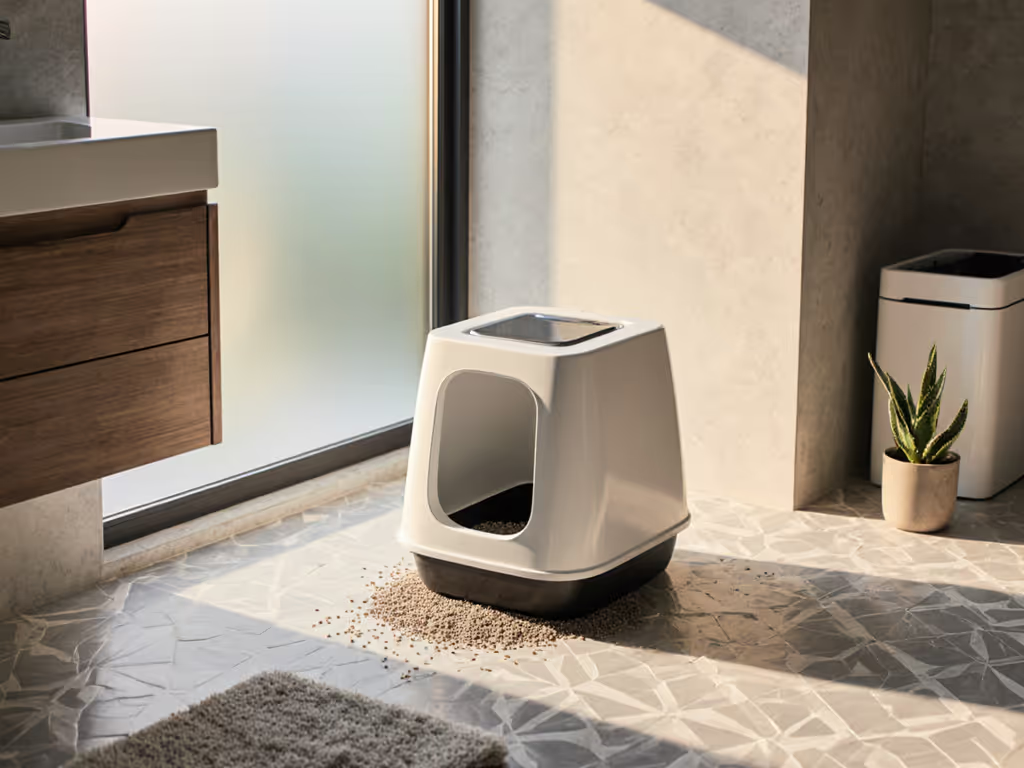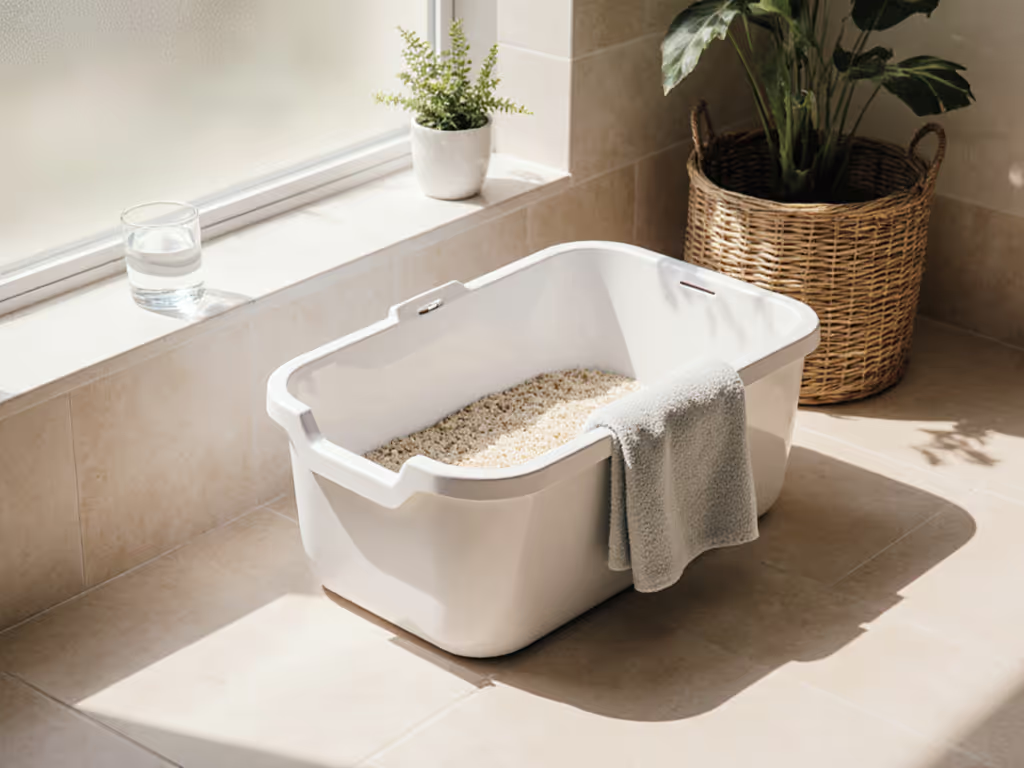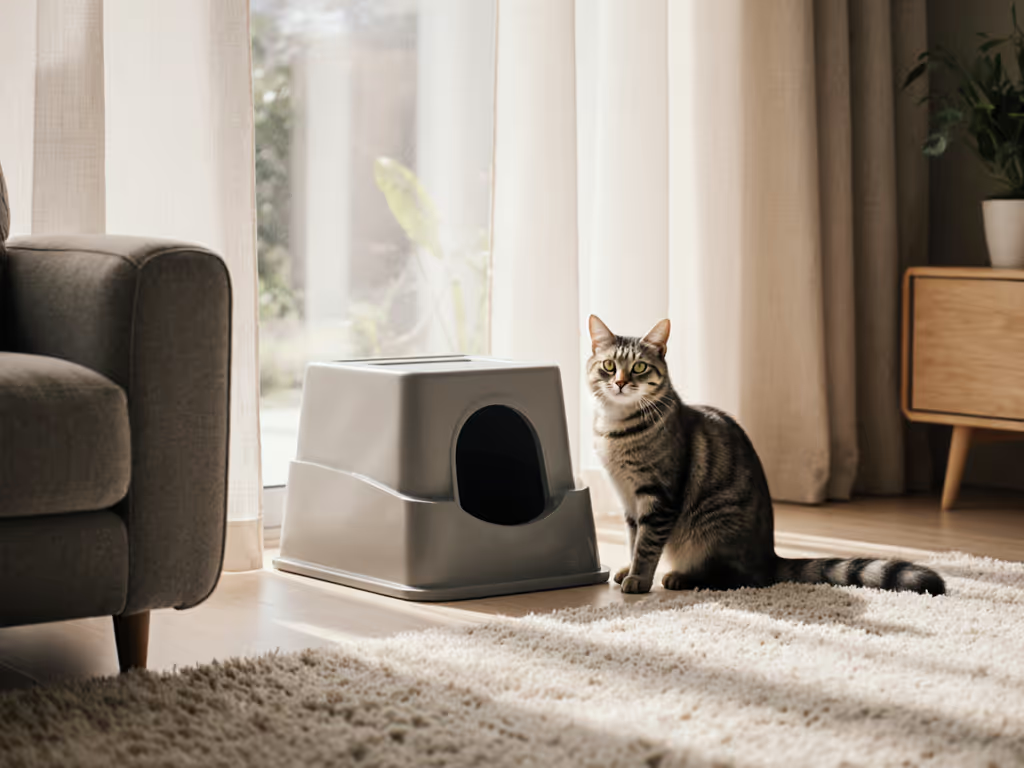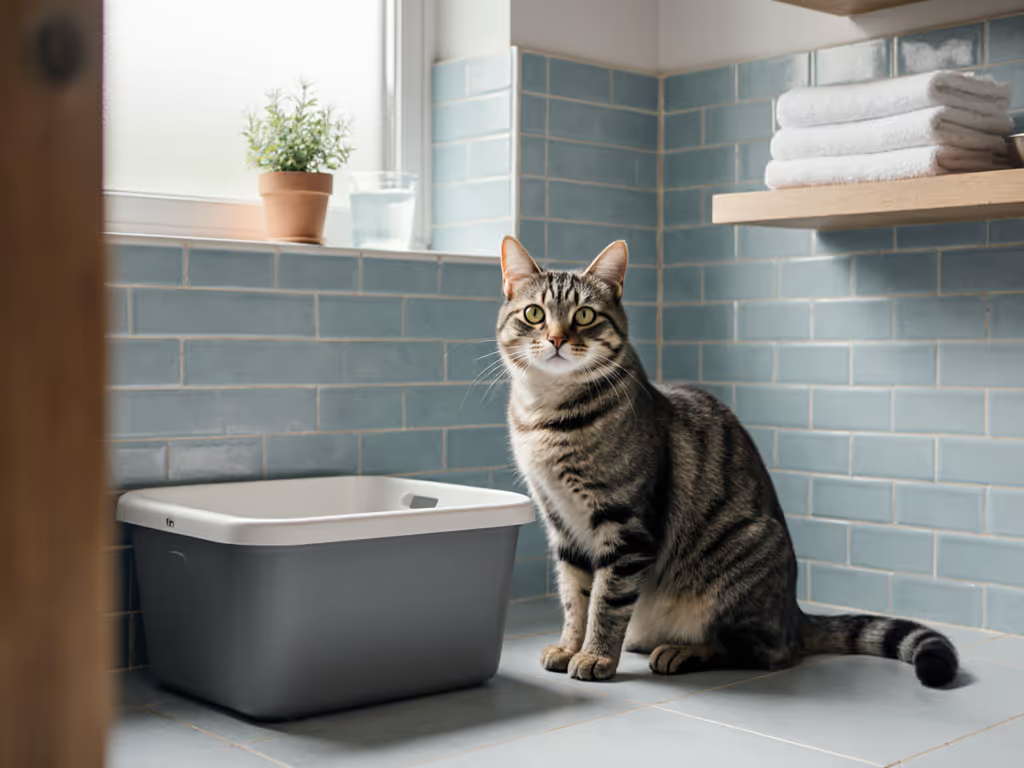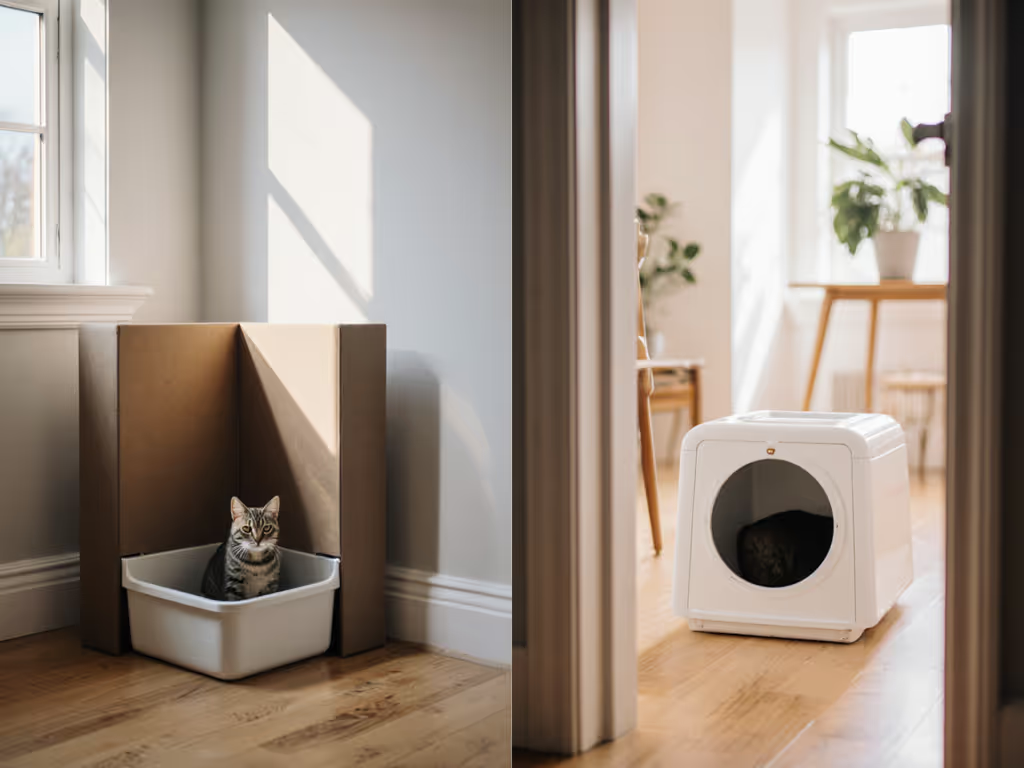
Feline Psychology Behind Cat Litter Box Preferences
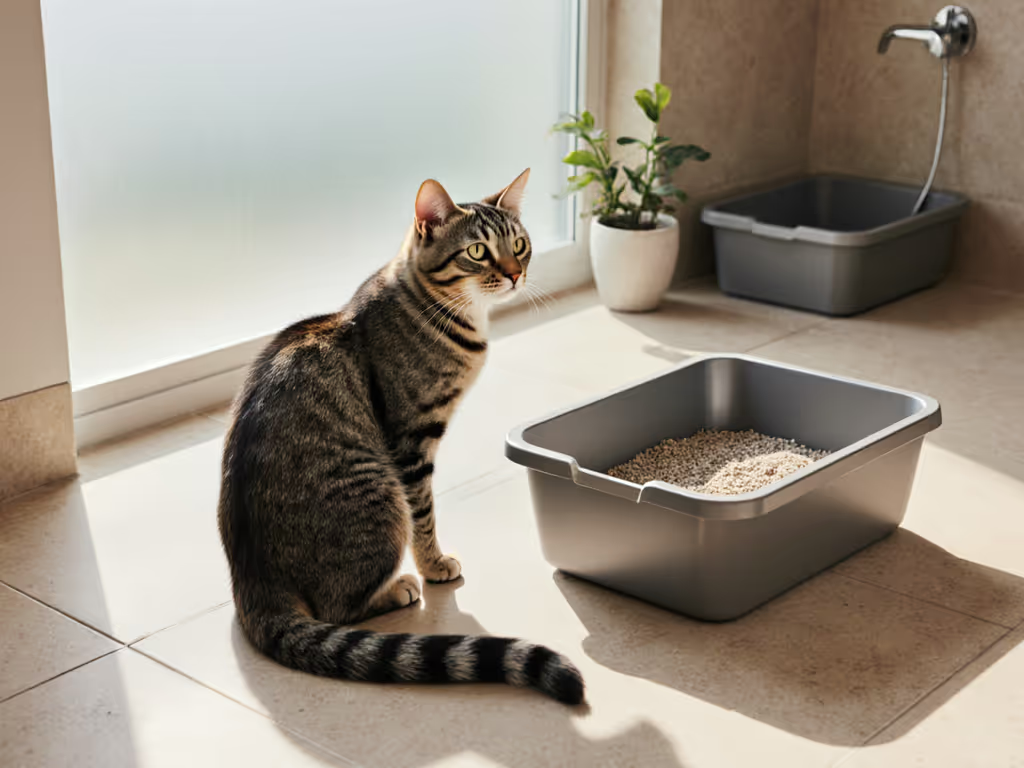
Understanding your cat's litter box behavior starts with recognizing that every time your cat at the litter box demonstrates hesitation, avoidance, or unusual positioning, they are communicating something vital. These moments are not random quirks but expressions of deep-seated feline instincts honed through evolution. Cats vote with paws, not product pages or promises (a truth cemented in my years working with hundreds of cats across single and multi-cat households). When we approach litter preferences through the lens of cat psychology rather than convenience or aesthetics, we unlock sustainable solutions that benefit both cats and their humans. This analytical guide examines the behavioral science behind successful litter acceptance, focusing on what truly matters to cats rather than what marketing claims suggest.
The Evolutionary Roots of Natural Digging Behavior
Cats' relationship with elimination sites stems from primal survival instincts. In the wild, felines bury waste to avoid attracting predators and to mask their scent from potential prey (a behavior known as natural digging behavior). This explains why cats often scratch vigorously after eliminating, even when they are not fully covering waste. Research published in the Journal of Feline Medicine and Surgery confirms that cats consistently prefer loose substrates that allow for effective digging, typically favoring depths of 1-2 inches. Any deeper becomes physically uncomfortable for their paws.
Studies examining feline instincts reveal that 70% of cats show no preference between covered and uncovered litter boxes when other variables remain constant, a finding that contradicts widespread marketing assumptions. The hesitation many cats display toward automatic litter box systems often stems not from the concept itself but from the texture, noise, or sudden movement that disrupts their instinctual need for safety during vulnerable moments. When cats perch with their paws on the box edge ("gargoyling"), they are signaling that the texture or depth does not support their digging instinct properly.
Strategic Placement and Multi-Cat Dynamics
Location preferences develop early and become deeply ingrained. A Cornell Feline Health Center study found that cats develop location-specific elimination habits within 2 weeks of consistent use, making initial placement critical. The ideal spot balances privacy with accessibility, away from high-traffic areas yet easily reachable without navigating potential ambush points. In multi-cat homes, placement becomes even more complex; one cat controlling access to the only box creates chronic stress that manifests as inappropriate elimination.
Strategic placement requires observing your cats' natural movement patterns for 48 hours before settling on locations. Note where they rest, eat, and observe household activity, and these paths should intersect naturally with litter stations.
I once worked with a household where two cats developed elimination conflicts because their single box sat in a narrow hallway, perfectly positioned for ambush. After mapping their movement patterns, we relocated boxes to dead-end corners with multiple entry points, immediately reducing tension. Remember that cats consider litter boxes as territory; placing them near food or water violates their instinct to keep elimination areas separate from dining zones.
Designing for Behavioral Acceptance First
Before considering any specialized equipment, assess your current setup through your cat's sensory perspective. Cats possess 200 million scent receptors (humans have 5 million), making litter aroma a critical factor many overlook. Unscented clumping litter consistently outperforms scented varieties in controlled behavior trials (those "freshness" additives that seem appealing to us register as chemical assaults to feline noses).
Your box dimensions must accommodate your cat's full stretching length plus digging space. A common mistake I see in urban apartments is using "space-saving" boxes that force cats to eliminate while cramped. The formula is simple: box length should equal 1.5 times your cat's nose-to-tail length. For larger cats or those with high urine streams, this becomes non-negotiable to prevent splash-back and subsequent aversion.
Transition plan: Begin by placing a new, appropriately sized box (without litter initially) in a behaviorally appropriate location. Over Days 1-3, gradually introduce litter while maintaining the old box. Days 4-7 involve slowly phasing out the old setup only after consistent use of the new one. Monitor for "waffling" behavior (hesitation at the box entrance), which indicates something in the environment has not fully clicked yet.
Practical Implementation Framework
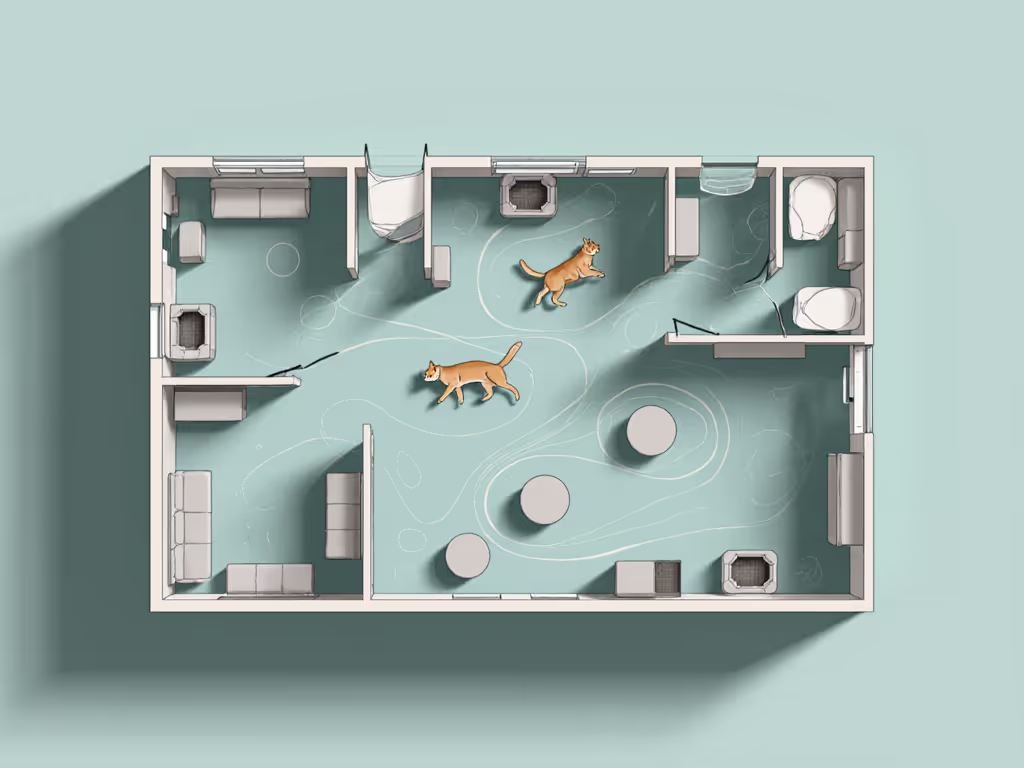
When addressing cat litter box acceptance issues, track three measurable indicators during your transition:
- Approach confidence: Does your cat walk directly to the box or hesitate?
- Elimination duration: Complete elimination should take 30-60 seconds for urine, longer for bowel movements
- Post-elimination behavior: Immediate departure often indicates discomfort with the environment
For households with multiple cats, implement the "one plus one" rule: minimum number of boxes equals number of cats plus one, distributed across different zones. This prevents resource guarding and gives anxious cats alternative options. In small apartments, consider vertical space, and many cats accept elevated boxes if access is gradual and secure.
If you are considering an automatic system, introduce it only after establishing acceptance of the basic box design. Start with the mechanism turned off for 3-5 days, then activate it on the quietest setting while monitoring your cat's reaction. Never use automated systems as a shortcut when initial acceptance is shaky. Behavior-fit comes before bells and whistles every time.
Final Implementation
Your next actionable step: Conduct a 24-hour observation period focusing solely on your cats' movement patterns around current litter stations. Note hesitation points, alternative surfaces they investigate, and their general comfort level during elimination. This behavioral data (not product reviews or marketing claims) will guide your most effective adjustments.
Transition plan: Tomorrow morning, sketch your home layout and mark:
- Current litter box locations
- Observed movement paths
- Potential new locations that follow the privacy-accessibility balance
- Zones that should remain elimination-free (near food/water, high-traffic thoroughfares)
This evidence-based approach transforms litter management from a source of frustration to a predictable routine that aligns with feline psychology rather than fights against it. When we honor cats' natural instincts and communication methods, the path to consistent cat litter box acceptance becomes clear, one paw print at a time.

